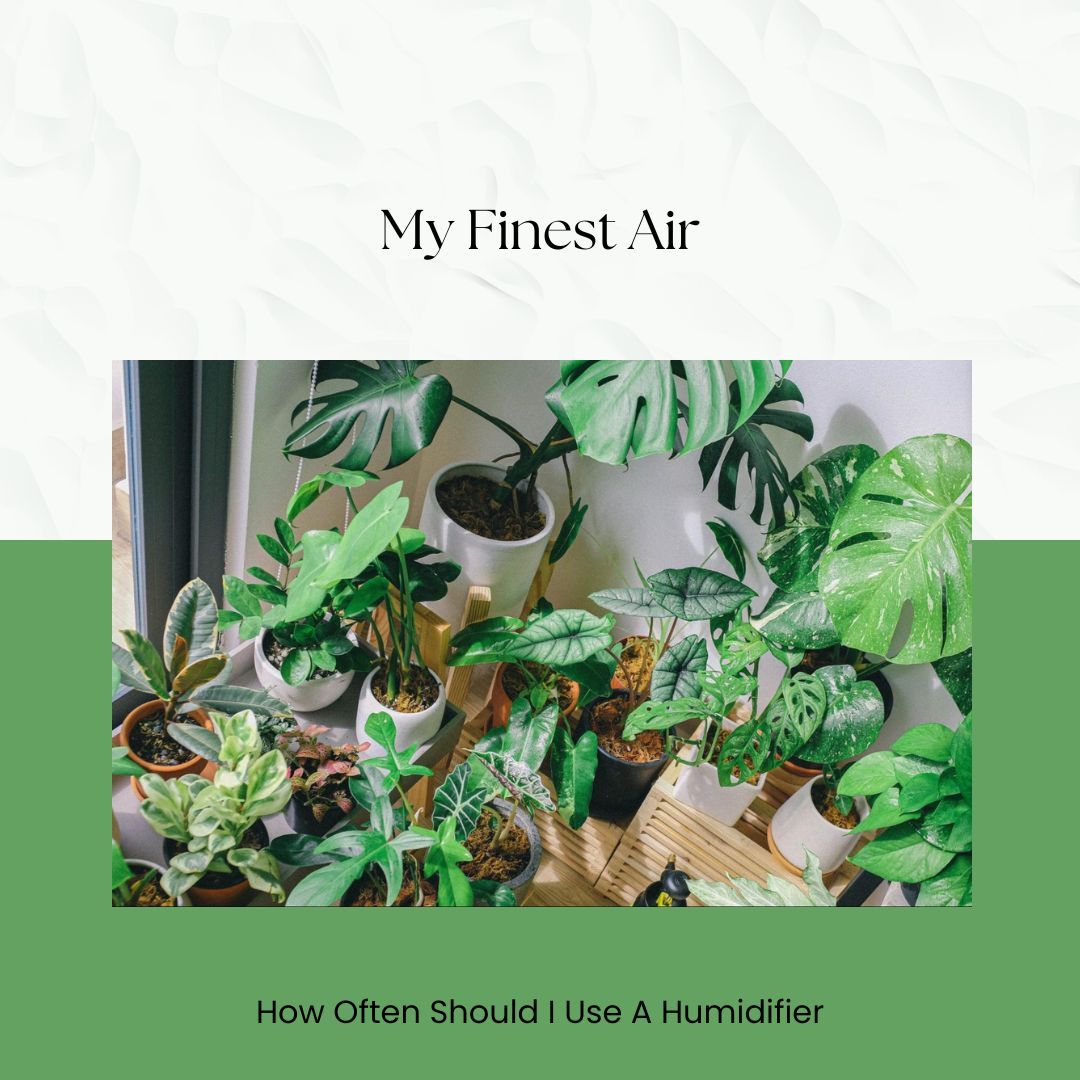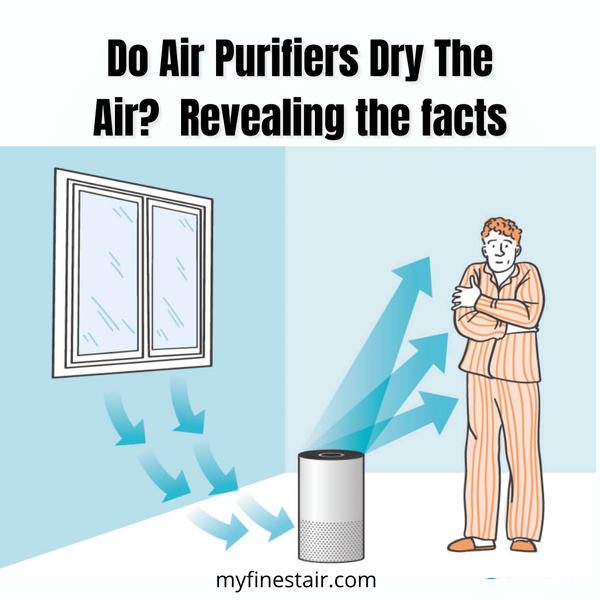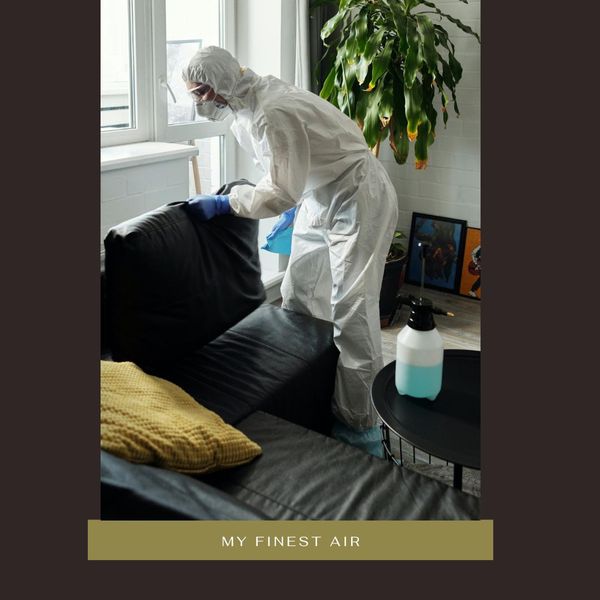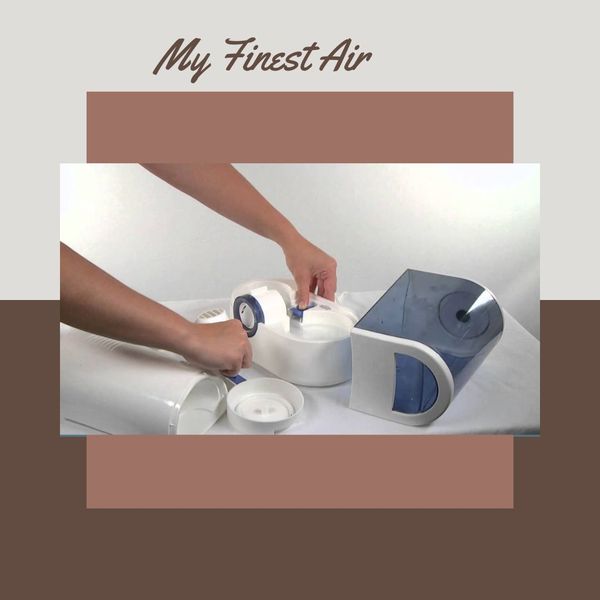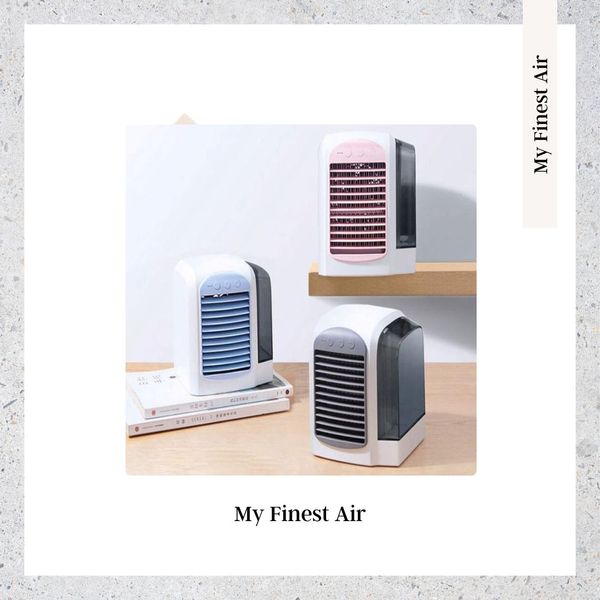Many questions have been asked about the benefits plants get from humidifiers and how or when to use them for plants. Most importantly, how often should I use a humidifier for my plants is the most commonly asked question by many plant lovers.
After extensive research, we have estimated that indoor plants require humidifiers daily if the air is too dry. It is essential to ensure 60% of humidity for plants which can take roughly 3 to 7 hours by a humidifier. However, several other environmental factors also play a role in deciding the need for humidifiers. Let’s get to know in detail.
How Often to Use Humidifier For Plants?
To get a clear idea of how often to use humidifiers for plants, you must first understand the need for water required by plants for better growth. This can vary depending on the different types of plants. Some plants can survive with less or no humidity, while some need high moisture levels.
However, it is recommended to use a humidifier for 3 to 5 or 7 hours. Tropical plants require more time to run humidifiers to reach the desired moisture level in the air. If the indoor environment is already humid and the plant doesn’t need high humidity, three hours are enough to run a humidifier.
You May Also Check Our Guide: Can You Put Essential Oils In A Humidifier?
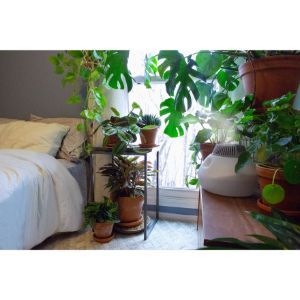
Do Your Plants Really Need A Humidifier
On average, a home's indoor air requires 40 to 50 percent humidity, which is also sufficient for indoor plants. But some plants require 50 to 75 percent humidity which a humidifier can only fulfill. You can’t ignore the importance of moisture for plants because it is necessary for their rapid growth.
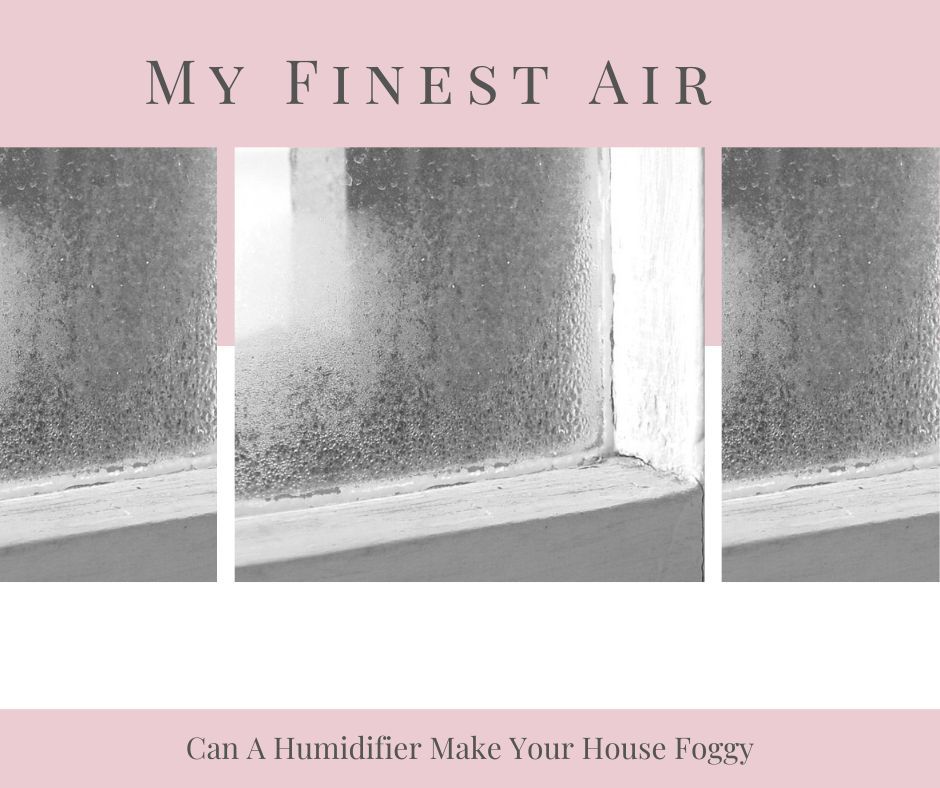
So, why do plants need a humidifier? A plant grows well when the nutrients are transported efficiently from the roots to the leaves. Also, the optimum temperature is required by plants to ensure proper growth via transpiration. Without desired levels of water, plants will lose their balance in homeostasis.
You may not want your indoor plants to look wilted due to loss of rigidity by lack of water. The plant will absorb moisture through the air to stay turgid. There are several other benefits of humidifiers for plants that you can’t deny.
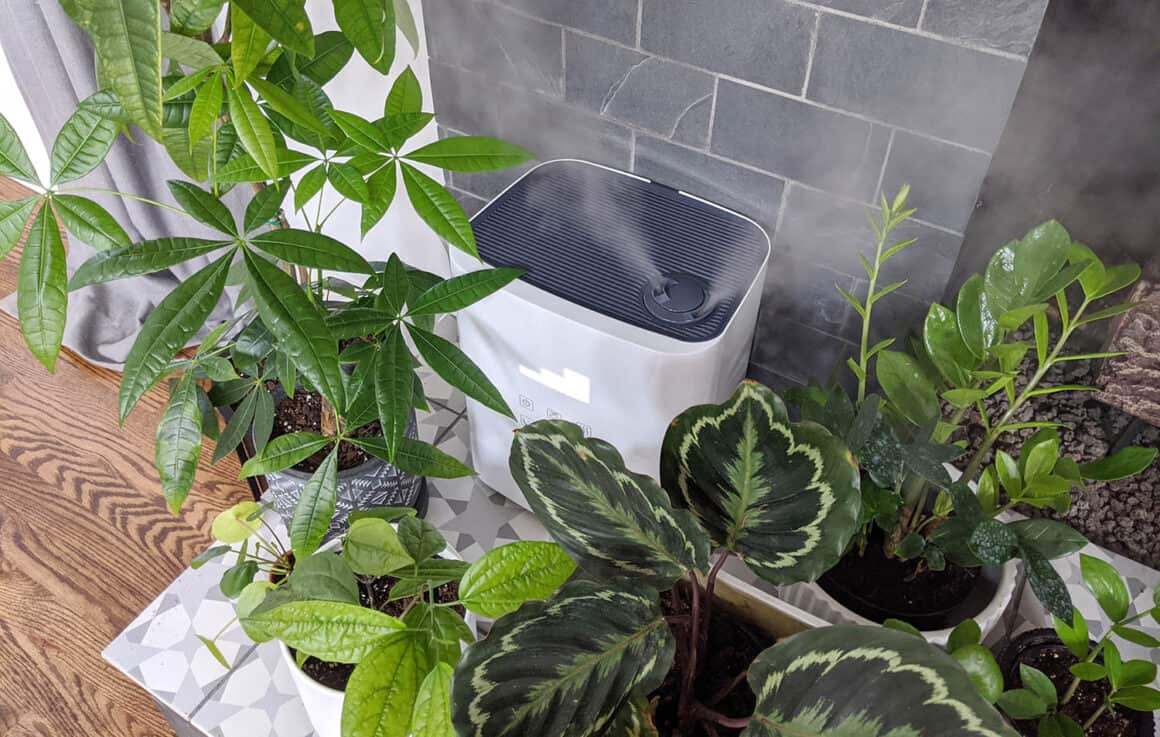
What Type Of Humidifier Is Best For Plants?
If you are looking for the best humidifiers for plants, note down two major types: cool-mist & warm-mist humidifiers. These types are further divided, and you can go with any of them.
A Cool-Mist Humidifier can either be evaporative or ultrasonic that has a separate working mechanism. You can get any of these humidifiers to ensure a balanced humid ecosystem for plants.
While a Warm-Mist Humidifier is also useful for this purpose where water boils and adds humidity lukewarmly to the air.
However, cool mist humidifiers are considered the best for indoor plants. You will get ideal amounts of moisture found in the natural environment.
Where to Place Humidifier For Indoor Plants?
If you want your plants to get the maximum moisture, place the humidifier at a distance of a few feet from the plants. You can pick the center position of your room to allow moisture to reach all corners properly.
The right distance is necessary because if you place it too close to the plants, excessive moisture will cause damage to the plants. The same goes for placing a humidifier too far from the plant because your plants will not get desired humidity levels at that distance.
Do not place the humidifier on the ground; keep it a few feet above. Avoid placing it on porous surfaces, carpets, and rugs to prevent mold growth.
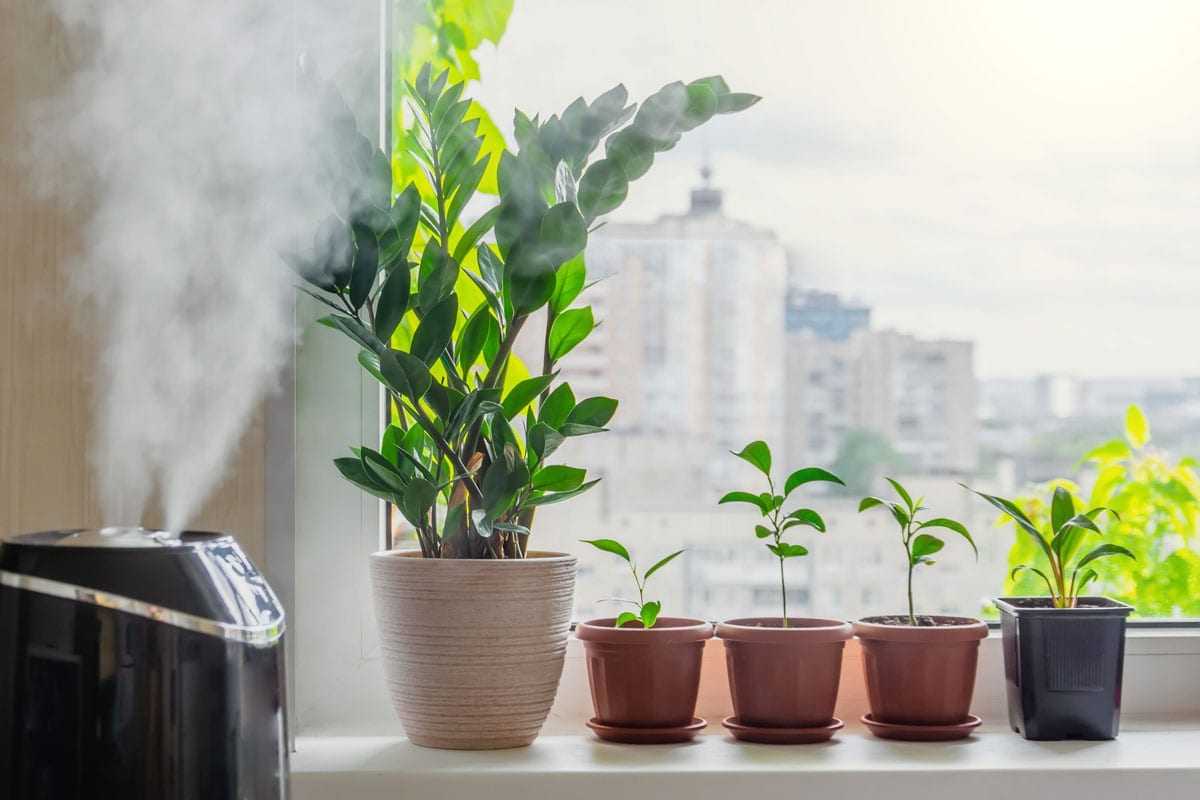
What Indoor Plants Need Humidifiers Most?
- Boston Fern
- Alocasia - Requires 70% of humidity
- Bamboo
- Air Plants
- Bird’s Nest Fern
- Orchids
- Calathea
- Dracaena
- Monstera
How To Use A Humidifier For Plants in Best Ways?
Humidifiers are important for plants, but a positive outcome is only achievable if you have used them correctly. Here is a guide to getting the most out of your humidifier for plants.
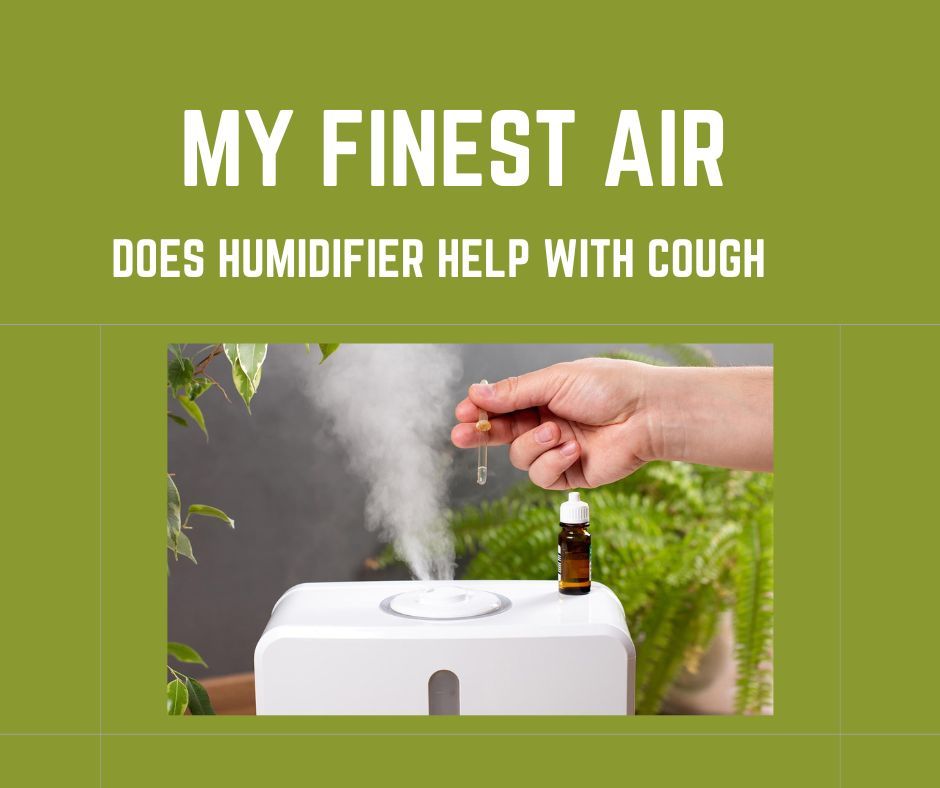
Find Out Humidity Needs
The first thing you must do is to find out the signs that your plants require more humidity.
- If the leaves of plants are curled, there is too high or too low humidity.
- The brown edges on the leaves are also a clear indication of less moisture and more salt quantities.
- Sometimes, lack of moisture cause plants to wilt, and even the transpirational pull doesn’t compensate for the water needs.
In winter, by turning on heating systems, the moisture in the air gets reduced, which can cause wilting in plants.
You May Visit Our Guide: Can A Humidifier Make Your House Foggy?
Position Unit In Right Way
Next, you should consider the position where you should place the humidifier. Too close and too far will not help the plant positively. Rather, place it a few feet from the plants to ensure the right amount of moisture reaches the target.
Maintain Humidifier
The best treatment for plants by the humidifier is only possible if your unit is properly maintained. An uncleaned or poorly maintained unit will not perform the job efficiently. So clean your humidifier and use only distilled water to prevent limescale deposition in its base.
Time to Use Humidifier
How long should you run the humidifier for plants? It is highly recommended to run a humidifier for plants for almost 4-5 hours daily. The morning timing is best for this purpose.
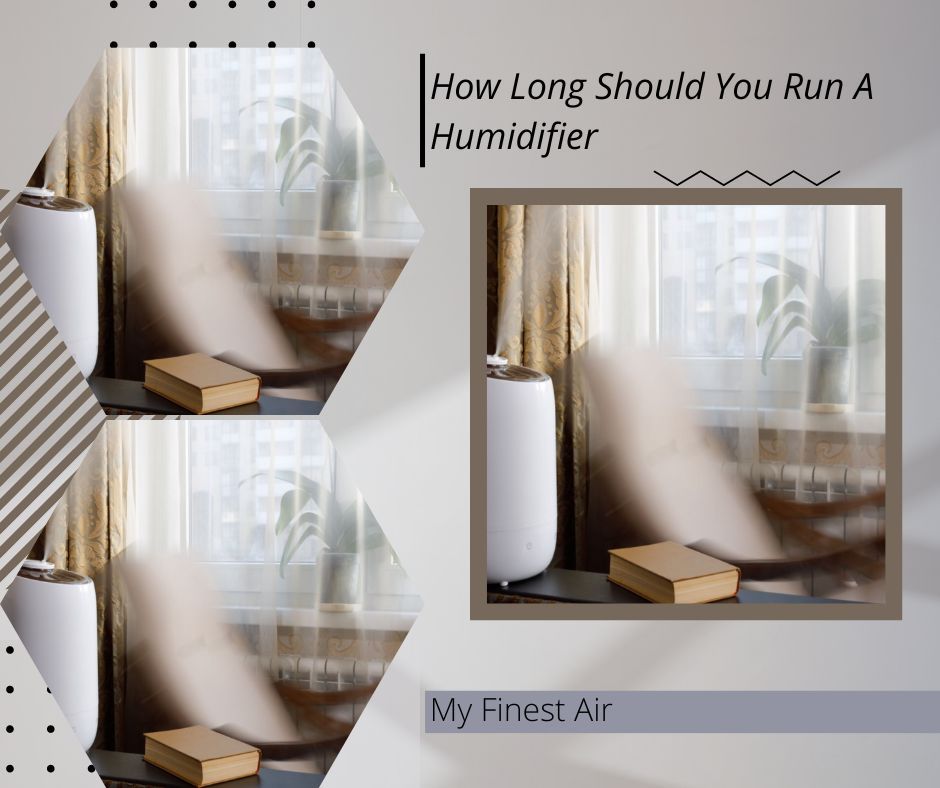
If you run it in the afternoon, excessive moisture will get into the air, which plants can’t use at night. The transpiration rate is higher at dawn and reduces at dusk. Too much humidity also promotes fungal and mold growth which isn’t good for your plants.
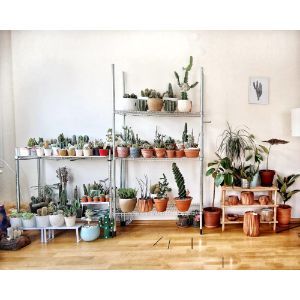
Can A Humidifier Hurt Your Plants?
A humidifier isn’t installed to harm plants; rather, it is useful to enhance plant growth by fulfilling water needs. However, your plants will definitely die if you have hydrophobic plants and increase air humidity.
Also, excessive moisture can cause mold to grow around plants, harming you and plants. But humidifiers are more helpful than harmful and ensure the best growth if used properly.
Wrapping Up
To summarize how often should I use a humidifier for my plants, we suggest using it regularly for the required hours to provide enough humidity to the air. Plants need 40 to 70 percent moisture to protect themselves from dryness and wilting.
By following these guidelines, we hope you will get a good-quality humidifier for plants to compensate for the moisture needs in dry environmental conditions.


